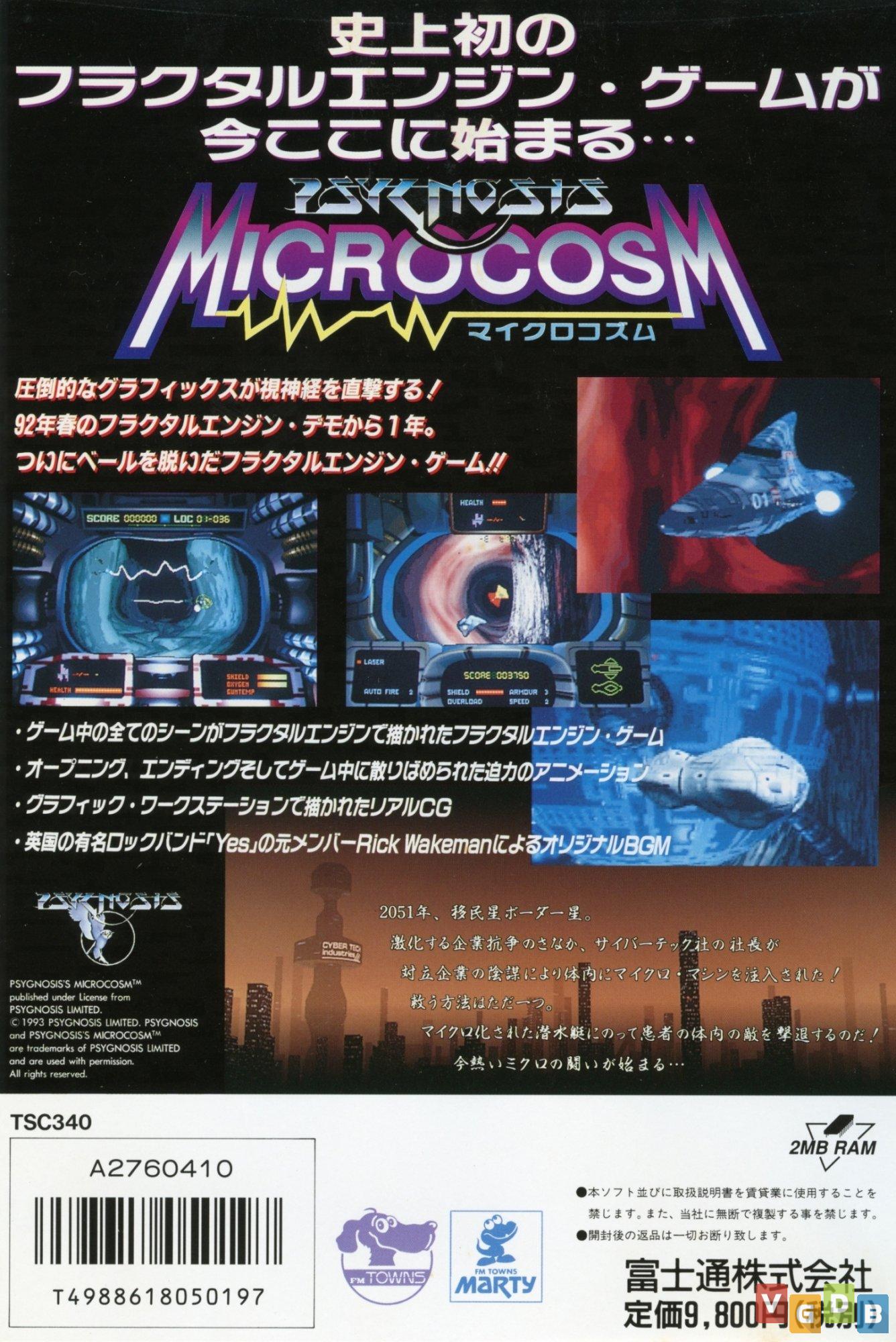


100 BCE–300 CE), and the Neoplatonists (3rd century CE and onwards). 50 CE), the authors of the early Greek Hermetica ( c. In later periods, the analogy was especially prominent in the works of those philosophers who were heavily influenced by Platonic and Stoic thought, such as Philo of Alexandria ( c. 348 BCE), the Hippocratic authors (late 5th or early 4th century BCE and onwards), and the Stoics (3rd century BCE and onwards). Antiquity Īmong ancient Greek and Hellenistic philosophers, notable proponents of the microcosm–macrocosm analogy included Anaximander ( c.

334–262 BCE), founder of the Stoic school of philosophy. In contemporary usage, the terms microcosm and macrocosm are also employed to refer to any smaller system that is representative of a larger one, and vice versa. However, the terms microcosm and macrocosm refer more specifically to the analogy as it was developed in ancient Greek philosophy and its medieval and early modern descendants. The view itself is ancient, and may be found in many philosophical systems world-wide, such as for example in ancient Mesopotamia, in ancient Iran, or in ancient Chinese philosophy. For example, the cosmological functions of the seven classical planets were sometimes taken to be analogous to the physiological functions of human organs, such as the heart, the spleen, the liver, the stomach, etc. Hence, it was sometimes inferred that the human mind or soul was divine in nature as well.Īpart from this important psychological and noetic (i.e., related to the mind) application, the analogy was also applied to human physiology. Moreover, this cosmic mind or soul was often thought to be divine, most notably by the Stoics and those who were influenced by them, such as the authors of the Hermetica.

One important corollary of this view is that the cosmos as a whole may be considered to be alive, and thus to have a mind or soul (the world soul), a position advanced by Plato in his Timaeus. Given this fundamental analogy, truths about the nature of the cosmos as a whole may be inferred from truths about human nature, and vice versa. The microcosm–macrocosm analogy (or, equivalently, macrocosm–microcosm analogy) refers to a historical view which posited a structural similarity between the human being (the microcosm, i.e., the small order or the small universe) and the cosmos as a whole (the macrocosm, i.e., the great order or the great universe). Illustration of the analogy between the human body and a geocentric cosmos: the head is analogous to the cœlum empyreum, closest to the divine light of God the chest to the cœlum æthereum, occupied by the classical planets (wherein the heart is analogous to the sun) the abdomen to the cœlum elementare the legs to the dark earthy mass ( molis terreæ) which supports this universe. For other uses, see Macrocosm (disambiguation). "Macrocosm" and "Macrocosmos" redirect here.


 0 kommentar(er)
0 kommentar(er)
